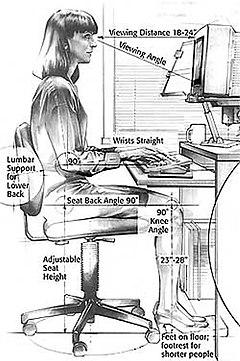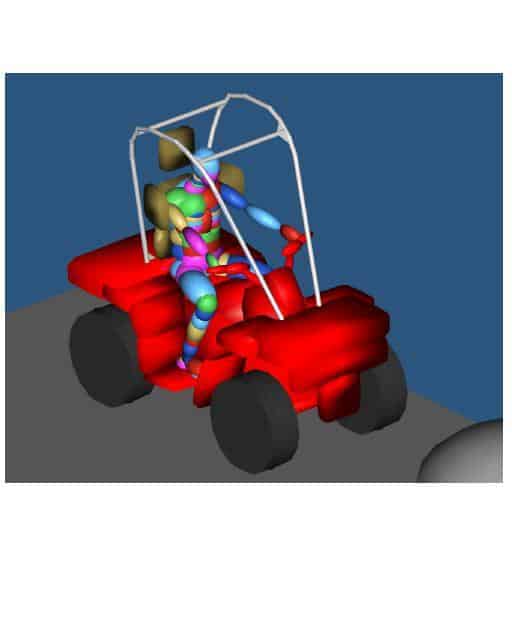In 2009 Australian OHS regulators made the definitive statement on the use of back belts. The guidance stated that:
- Back belts don’t reduce the forces on the spine
- Back belts don’t reduce the strain on muscles,tendons and ligaments
- Back belts do nothing to reduce fatigue or to increase the ability to lift
- Back belts are like holding your breath when lifting
- Back belts can increase blood pressure and breathing rate
- Back belts don’t reduce the chance of injury or reduce back pain.
This was a terrific example of evidence-based safety. But this does not mean that the use of back belts should not be reconsidered if there is new evidence or new back belt designs.
One SafetyAtWorkBlog reader has drawn our attention to a new type of back support, The Tolai All Purpose Back Support. In no way does this blog support this particular device. In fact, there is a strong argument against the widespread use of such devices as these may advocate the reliance on PPE (personal protective equipment) rather than a higher order of control, such as task redesign, which would result in a more sustainable solution.
However, there is a counter argument of the need to support innovation and the position of continuous improvement. Continue reading “Back support devices don’t work but new designs should be investigated”



 The iPad, and many other devices, are bound by a
The iPad, and many other devices, are bound by a 